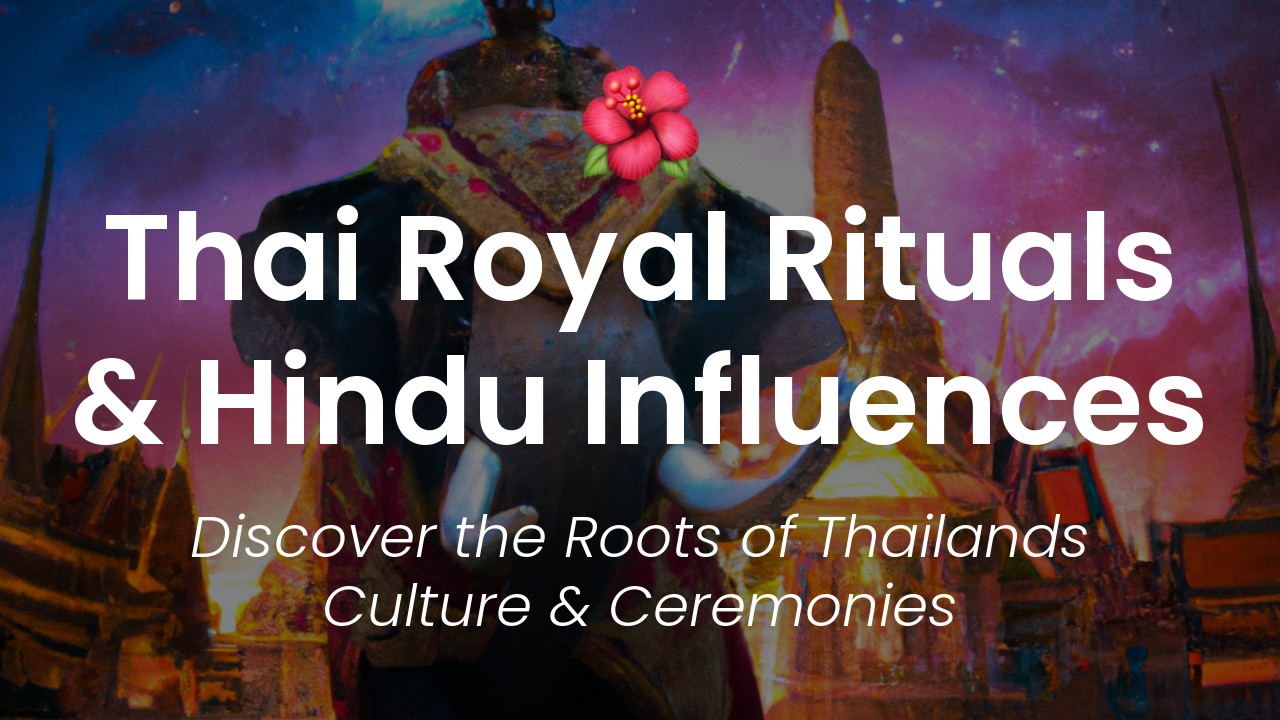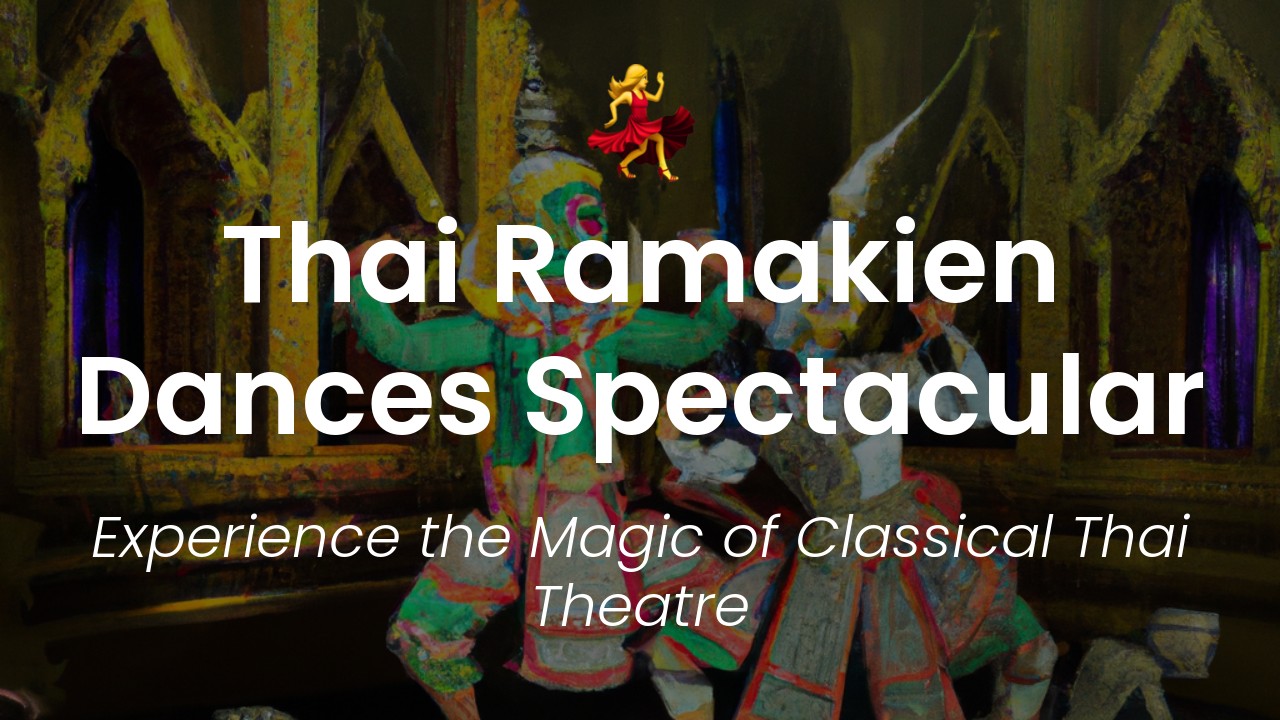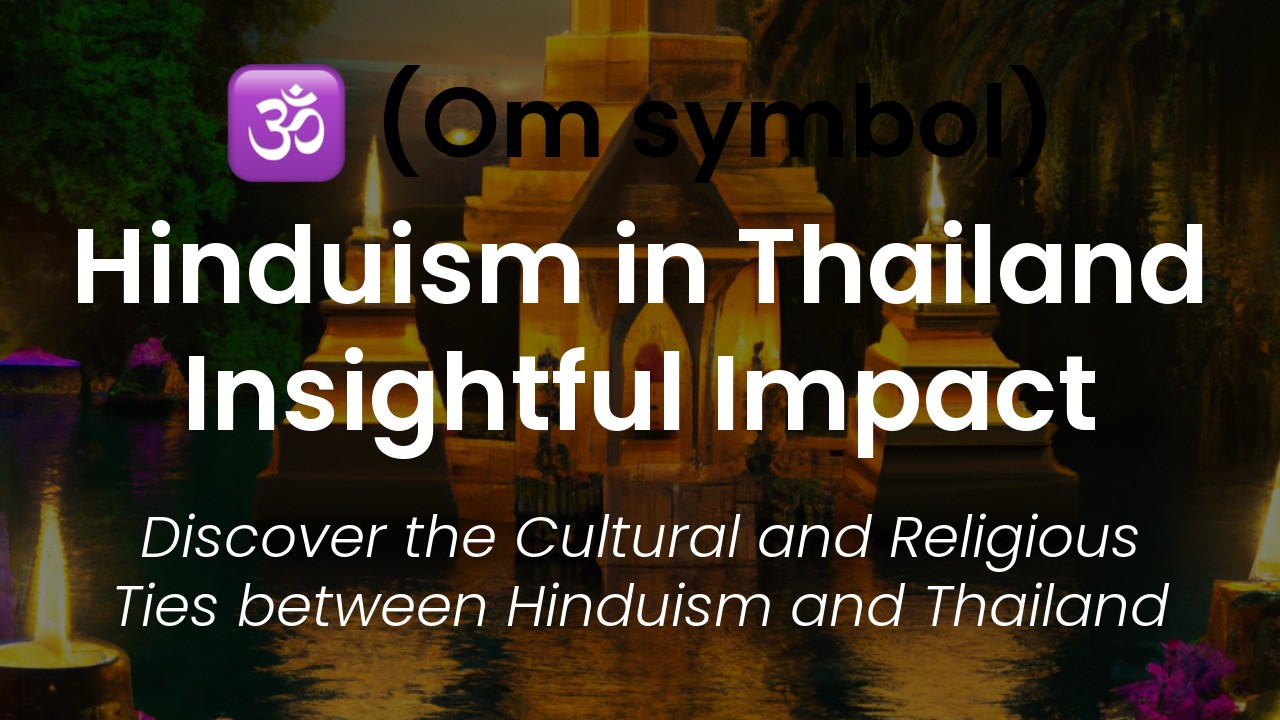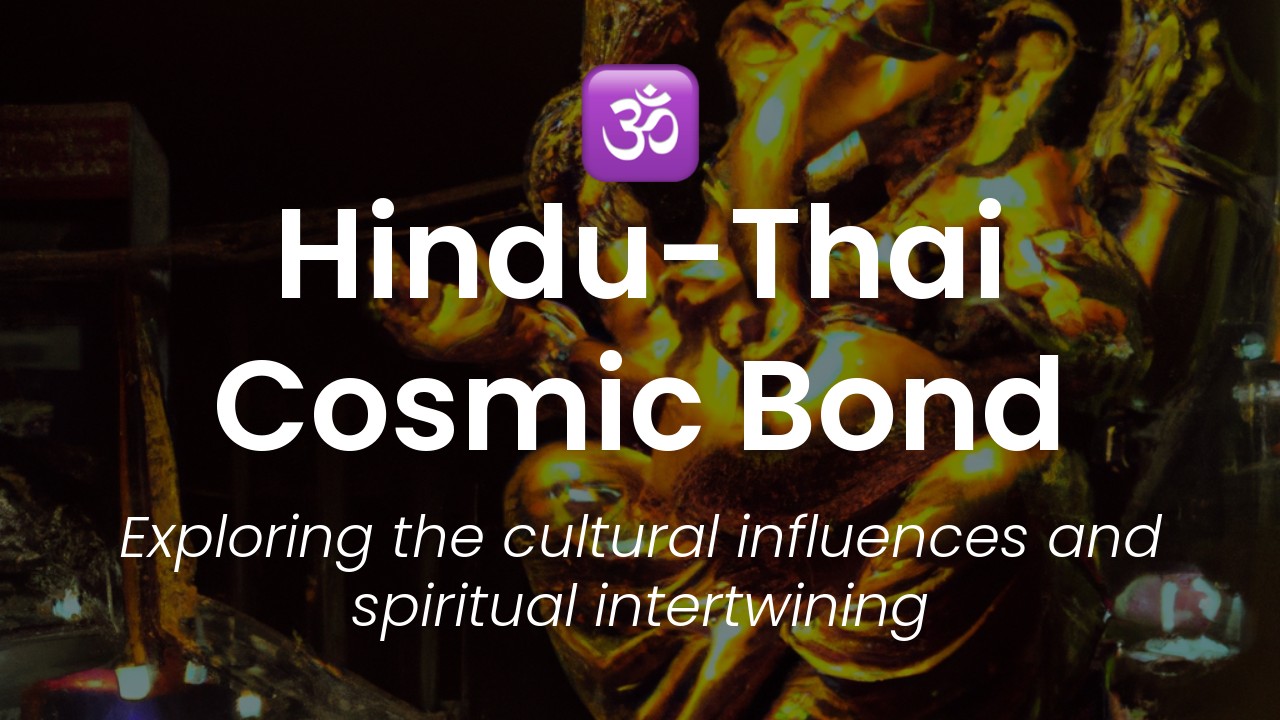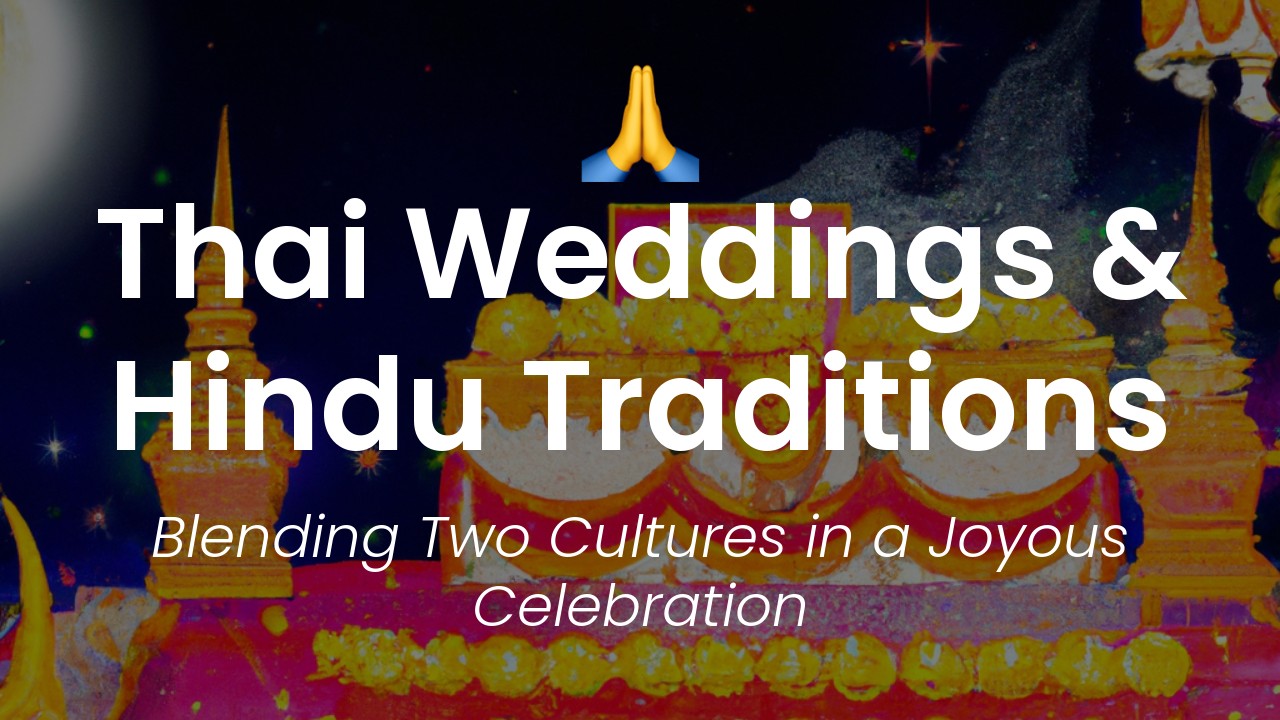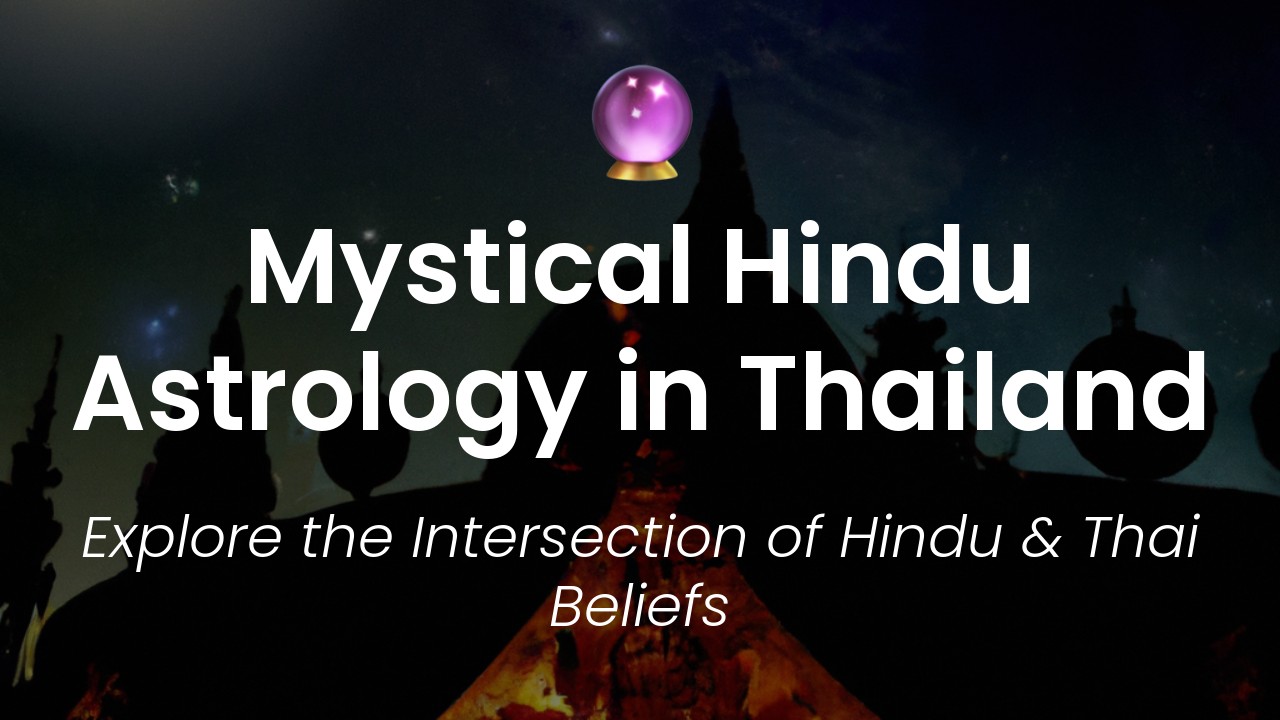Hi there, fellow travelers and culture enthusiasts! I'm Sirinya, and I'm excited to share with you today about one of my favorite topics – the regal and intriguing traditions of Thailand's royal family.
There's no denying that Thailand's monarchy holds a special place in the heart of the Thai people. And whether you're a visitor or a resident, there's something truly awe-inspiring about witnessing the elaborate ceremonies and rituals that accompany the coronations, weddings, and funerals of the royal family members.
In this article, we'll delve into the history of Thai royalty and explore some of the most fascinating customs and beliefs that make up their unique legacy. We'll also touch on the strong Hindu influences that have helped shape Thai society and culture over centuries.
Through storytelling and personal anecdotes, we'll take you on a journey to uncover the secrets of Thailand's rich past and fascinating present. So join me as we unlock the mysteries of Thailand's royal rituals and Hindu influences – and discover what makes this kingdom one of the most enchanting places on earth.
Brief history of Hinduism in Thailand
Thailand is primarily a Buddhist country, but Hinduism has had a significant impact on the country's culture and traditions. The influence of Hinduism in Thailand dates back to the 6th century when Hindu merchants arrived in Thailand, bringing with them their culture and religion.
The spread of Hinduism continued during the Khmer Empire, which included parts of modern-day Thailand, Cambodia, and Vietnam. During this time, Hinduism played a crucial role in the development of art, architecture, and literature in the region.
Even today, many aspects of Thailand's culture and traditions are deeply rooted in Hinduism, from the country's cuisine to its vibrant festivals.
Royal ballet performances & their significance
One of the most visually stunning examples of Hindu influence in Thailand is the Khon Royal Masked Dance. This traditional dance is performed solely by men and depicts stories from the Ramakien, Thailand's version of the Indian epic Ramayana.
The dance is meticulously choreographed, with intricate movements and elaborate costumes that are said to have been inspired by the celestial beings described in Hindu mythology.
These performances are typically reserved for special occasions, such as royal ceremonies and state functions. They are considered a high honor to be invited to watch and are a symbol of Thailand's deep reverence for its cultural heritage.
Importance of Hindu mythology in Thai culture
Hindu mythology has played a significant role in shaping Thailand's cultural identity. The Ramakien, as mentioned earlier, is a prime example of this. However, the influence of Hinduism goes beyond this epic poem.
Many Thai traditions and festivals, such as the Loy Krathong Festival, are steeped in Hindu mythology. For example, the story of the goddess Ganga, said to have descended to Earth on the day of Loy Krathong, plays a central role in the festival's celebrations.
Hindu gods and goddesses are also commonly depicted in Thai art and architecture. The Emerald Buddha, one of Thailand's most revered icons, is believed to have originated in India and was later brought to Thailand by a Khmer king.
The annual Kathin ceremony & its rituals
The Kathin ceremony is an annual event in Thailand that takes place during the month following the end of the Buddhist Lent. The ceremony involves the offering of robes and other essential items to Buddhist monks.
This tradition has deep roots in Hinduism, where it was common to offer gifts to priests and holy men. The offering of new robes is considered a way to accrue merit, as well as to show respect and gratitude to the monks who dedicate their lives to the teachings of Buddhism.
Traditionally, the Kathin ceremony is a community event, with families and individuals coming together to make offerings to the temple. The ceremony is an important occasion for Thai people to come together and celebrate their shared identity and faith.
The Brahma Shrine & its role in Thai spirituality
The Brahma Shrine, located in central Bangkok, is a popular tourist destination and is believed to bring good luck and fortune to those who visit it. The shrine is dedicated to Lord Brahma, one of the principal Hindu deities.
Despite Thailand's predominantly Buddhist population, the shrine remains a vital spiritual site, with locals and tourists alike visiting to make offerings and pay their respects to the revered deity.
The Brahma Shrine serves as a reminder of Thailand's deep connection to its cultural and religious heritage, even in the midst of modernization and globalization.
The impact of Hinduism on modern-day Thai society
Today, Thailand is a vibrant, modern country that has seen significant economic growth and development over the past several decades. Despite this progress, however, the influence of Hinduism on Thai society remains strong.
From the traditional customs and rituals to the iconic art and architecture, the impact of Hinduism is woven into the very fabric of Thai culture and identity.
For many Thai people, this heritage is a source of pride and something to be celebrated and shared with the world. It is a testament to the rich history and cultural heritage of Thailand, one that is still very much alive and thriving today.

